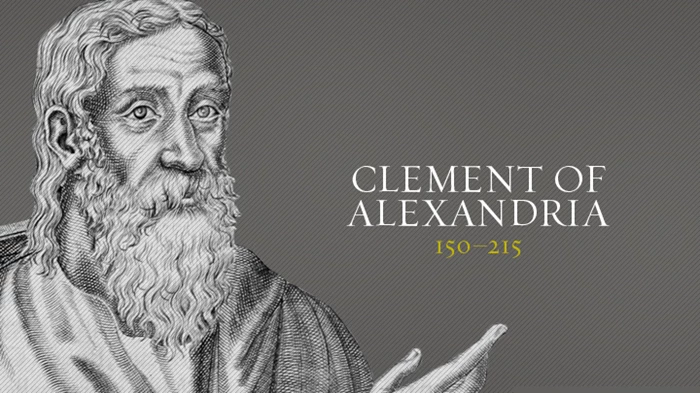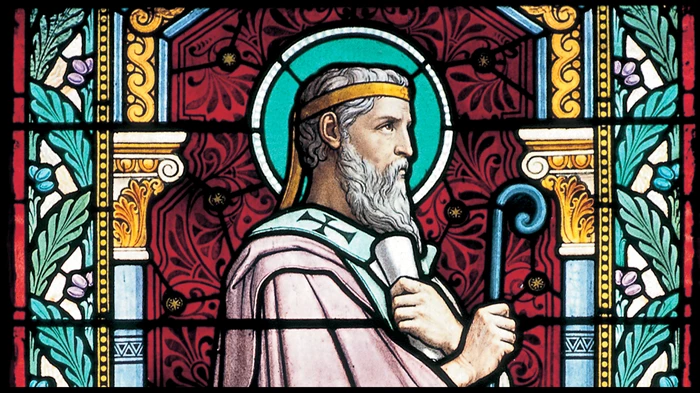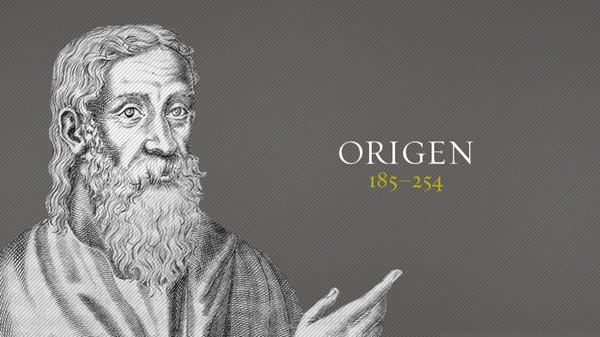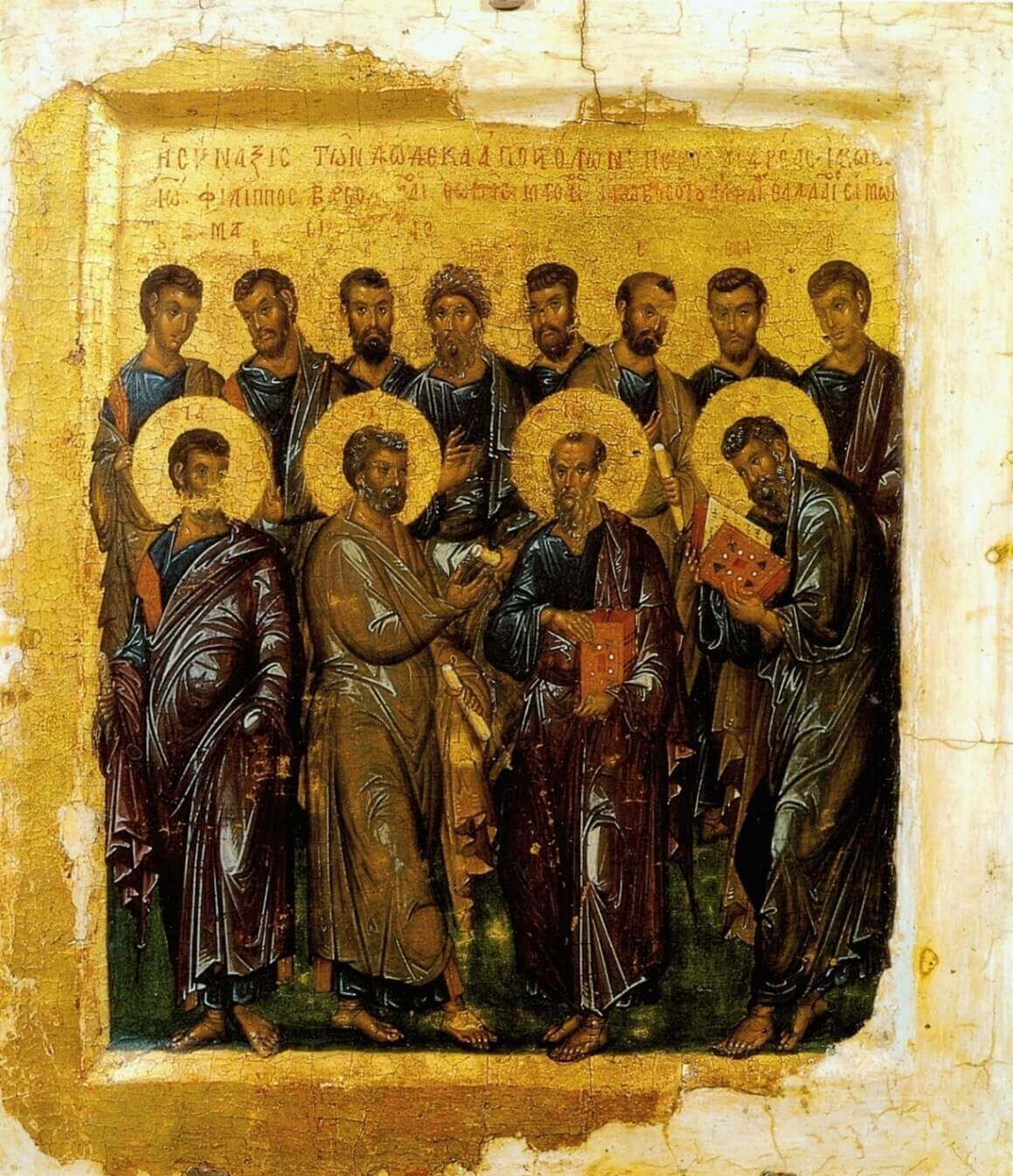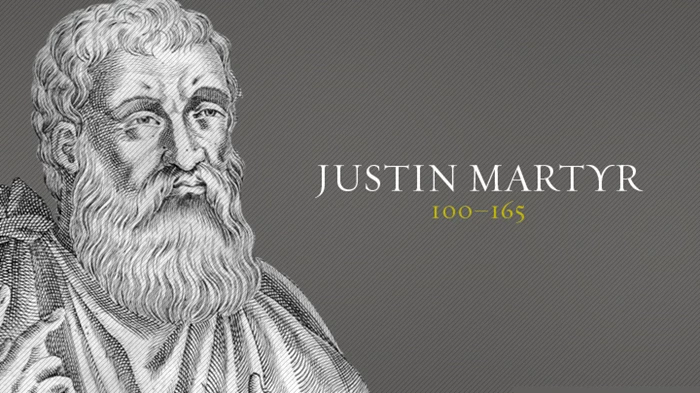The overall purpose of The Shepherd
The Shepherd of Hermas is considered one of the texts that help in understanding Christianity in Rome during the late first and early second centuries. The Shepherd is an apocalyptic book that consists of five visions, twelve commandments, and ten parables. The centrality of advice or paraenesis in the Shepherd might give a misleading impression that the text is no more than an old moral text. But an insightful reading shows that the function of the ethical concentration in the text is to treat an ecclesiastical crisis through an eschatological framework[1]. Most probably the preoccupation with material comforts and business affairs, which are sometimes linked to moral distractions, formed the core of that crisis in the Church of Rome, thus the shepherd criticized this kind of life more than 50 times[2]. The Shepherd wants to revitalize the church[3], by calling Christians to restore their piety. Osiek asserts this point of view when he writes, “The whole of the Shepherd is a call to a change of heart, within a perspective of a limited time frame.”[4] In this sense, “repentance and post-baptismal sin” and “eschatology” will be discussed below, as two major ideas in the Shepherd.
1- “Repentance and post-baptismal sin” in the Shepherd of Hermas
In order to discuss “repentance and post-baptismal sin” in Hermas, one must give an explanation of “baptism” and “post-baptismal sin” according to the Shepherd of Hermas.
a. Baptism as regeneration:
In Vision 3, Hermas describes a great tower that is built on water. The great tower is a symbol of the church. When Hermas asked why the tower is built on water, the answer was because “your life was saved and shall be saved through water” (11: 5). Such an answer refers to the traditional notion of baptismal regeneration. The same idea is repeated in Parable 9, where it refers to the water as the seal (93: 4). The seal gives life to those who receive it (93: 3). “They are dead, but when they receive the seal, they… receive life. The seal, therefore, is the water; so they go down into the water dead and they come up alive.” (93: 3, 4).
b. Post-baptismal sin:
In Commandment 4 and section 3, a question about post-baptismal sin is raised. The conversation emphasizes the teaching that asserts “there is no other repentance beyond what occurred when we descended into the water and received forgiveness of our previous sins… for the one who has received forgiveness of sins ought never to sin again, but to live in purity” (31: 1, 2). The Shepherd added to this teaching by illustrating that the Lord permits “one opportunity for repentance” for those who sinned after their baptism (31: 5).
To understand the meaning of this text, one needs to know the definition of “post-baptismal sin” per se. Did Hermas in his text speaks about “one opportunity for repentance” of “one single sin” after baptism? Or did he speak about “one opportunity for repentance” of “ongoing or continuous sin” after baptism? In other words; did Hermas speak about a baptized Christian who sinned once after his baptism? (It seems like the counter counted one!) Or does he speak about a baptized Christian who lives in a “sinful life” after his baptism? The answer to this question can make a great difference! The direct words in part 31 (Commandment 4 and section 3) might give the first simple meaning which refers to one single sin. This meaning, most probably, was common and widespread at that time. But an insightful reading of the full text of Commandment 4, especially the first section (part 29), certainly gives the second meaning which refers to an “ongoing sin”.
In part 29, Hermas asked how could a husband deal with his wife, whom “he finds her in some adulterous situation” although she “believes in the Lord” (29:4) The Shepherd answered that if “she does not repent, but persists in her immorality” (notice that this means “ongoing sin” and doesn’t mean one “single sin”), her husband must divorce her (31: 5, 6). But, at the same time, “the husband ought not to marry” because of the “possibility of her repentance” (31:8). If she repents, her husband must “take her back”. And if he doesn’t take her back, he sins (31:7, 8). The Shepherd asserts that “the one who has sinned and repented must be taken back. But not repeatedly: for there is only one repentance for God’s servants” (31: 8).
Briefly, the previous part (which is the first part of the famous Commandment 4) illuminates that post-baptismal sin is not that “single sin” after the baptism, but it is the “ongoing sinful life” after the baptism. In this sense, the word “repeatedly” might refer to the repetition of falling into this “ongoing sinful life”. It can be said that the Shepherd, in the discussion of “post-baptismal sin” that is linked to “one opportunity for repentance”, discusses only the idea of “ongoing sinful life” after baptism. The Shepherd illustrates that there is one opportunity of repentance for those Christians who failed and departed the life of purity, but it can’t be repeated. Here, in these special parts of the text, we can see “one opportunity for repentance” of the “ongoing sinful life” after baptism, but in the case of the whole text of the Shepherd we can see an “ongoing repentance” of falling in sin sporadically after baptism
c. Repentance as an ongoing process:
In this context, one can understand “repentance” or “metanoia” in the book of Shepherd as an ongoing process toward purity in the normal Christian life. Repentance is not limited to a certain number of times in case of falling in sin sporadically and without any intent to live a sinful life. Hermas himself repented many times throughout the text (1: 9, 3: 6, 39: 1- 7, etc.), and he was invited to deliver a message of repentance to the church (8: 2, 3). The Shepherd presents repentance as an ongoing process (21: 1- 4), and “those who have fully repented, therefore, will be young and firmly established” (21: 4). The Shepherd asserts that “repentance is great understands” per se (30: 2). “Repentance… brings life; but failure to repent means death” (72: 6).
2- “Eschatology” in the Shepherd of Hermas:
The book of Shepherd presents repentance in an eschatological framework. This eschatological frame can be summarized in some aspect:
a. Consummation of the tower:
Repentance is possible as long as the tower, or the church, is “still being built” (13: 5, 16:9). “When the tower is finished being built, then the end comes” (16: 9), and no place for repentance will exist (13: 5). The “coming judgment” is sure to come, and then there will be no more chances for doing good (17: 5). Osiek asserts this idea when he wrote: “the overall framework of the book envisages a limited time in which earthly action is possible.”[5]
b. The heavenly city:
Parable 1 presents Christians as foreigners to this world to encourage them to give up preoccupation with material comforts and business affairs. Christians, in this world, “are living in a foreign country (50: 1). They are walking in a journey to reach their “own city” or “home” (50: 9). David Rankin wrote that “the notion that Christians lived in the world as if in a foreign land was already a traditional eschatological motif”[6].
c. The great tribulation:
The Shepherd of Hermas gives a repeated warning about a coming great tribulation (6: 7, 7: 4, 23: 5, 24: 6, etc.). This great tribulation appeared to Hermas in a form of “a huge beast… and from its mouth, flaming locusts were pouring out” (22: 6); such symbol as this reminds the reader of some symbols in the book of Revelation (such as the beast and the locusts). Some scholars argue that this beast refers to Nero’s persecution which occurred nearly a generation earlier to the time of Hermas. Other scholars, including Osiek, don’t agree with this notion and argue that Hermas’ references to the great tribulation refer to an eschatological event[7].
From 1 Clement to Hermas/the eschatological motive:
Both of 1 Clement and Hermas used the eschatological motive to encourage their readers to live in purity. Clement wanted to encourage his readers to live in harmony, while Hermas wanted to prevent his readers from being deceived by the earthly affairs. Actually, Clement and Hermas used the eschatological motive in two different ways. It seems that Clement encourages by using eschatology, while Hermas warns by using eschatology. Clement focuses on using the eschatological “hope” to encourage the Christians to keep harmony and order in their churches emphasizing terms like “prize” (1Clem. 5: 5), “reward” (1Clem. 34: 3), “glorious promises” (1Clem. 34: 7), and “resurrection” (1Clem. 26, 27). Hermas uses different terms like “coming judgment” (17: 5), “the end” (16: 9) and “great tribulation” as mentioned before. Briefly, it can be said that Clement focuses on using eschatology as an encouraging theme, while Hermas focuses on using it as a warning theme that required awareness.
[1] Carolyn Osiek, “The Genre and Function of the Shepherd of Hermas, “ Semeia, no. 36 (January 1, 1986) 118, 119.
[2] Ibid, 117.
[3] Clayton N. Jefford, Reading the Apostolic Fathers: A Student’s Introduction, Second Edition (Grand Rapids, Michigan: Baker Academic, 2012), 150.
[4] Osiek, 119.
[5] Ibid, 115.
[6] David Rankin, From Clement to Origen the Social and Historical Context of the Church Fathers (Aldershot, England: Ashgate Pub, 2006), 38.
[7] Osiek, 116-119.



